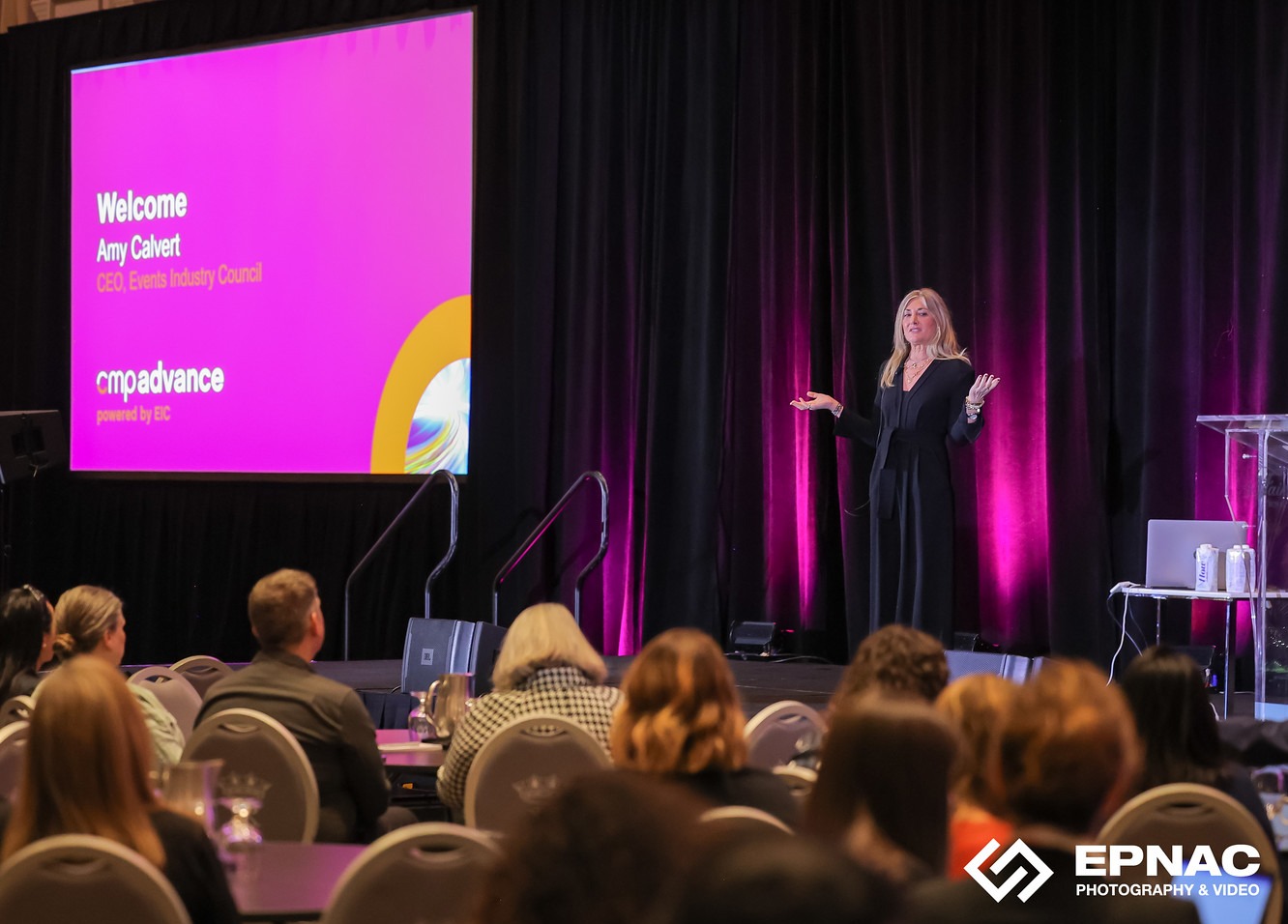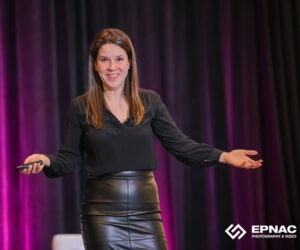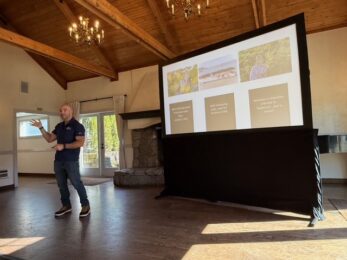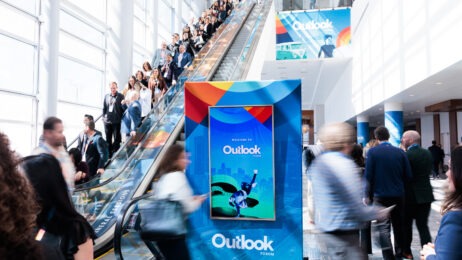Where Certified Meeting Professionals gather, connection and innovation flourish
From March 11-13, 2024, events industry professionals who hold the esteemed Certified Meeting Professional (CMP) designation gathered in Toronto at the Fairmont Royal York. Between enlightening presentations, sessions with expert panels and bustling networking receptions, the 200 CMPs in attendance—about 70% of them planners and 30% on the supplier side—left with a treasure trove of knowledge around today’s highest-stakes industry topics, plus a wealth of new connections.
One topic in particular came up again and again: how do we connect, really? And how can we do it better?
After all, if you bring together a group of zealous meeting professionals…for a meeting…what else could be a more on-the-nose topic of conversation?

Read More: Meeting Professional Continuing Education: CMP Spotlights
How Conscious Connection Transforms Events
Lisa Belanger, Ph.D., EMBA, CSEP-CEP, is an expert in behavioral medicine and exercise physiology and is the CEO of ConsciousWorks, a consulting firm that works to help leaders maximize their mental capacity and performance based on the latest scientific research. In her closing keynote, “Conscious Connection: Unlocking Transformative Potential Collaboration and Community,” she dove into what it means to connect intentionally, both inside and outside the meeting room, and the impact true connection has on our overall well-being.
“What most people don’t realize is that conscious connections are one of the most influential factors for the quality and length of our life,” she said. “Belonging is one of the most basic human needs, a powerful retention tool and the ingredient for epic memories. When we can curate psychologically safe, profound connections, we create more sustainable and meaningful impact.”
The Impact of Connection

One statistic she shared early on rose above the rest: according to a range of surveys conducted by organizations ranging from the CDC to Cigna, about 33% of adults say that they feel lonely most or all of the time. Belanger explained that this number is actually down by half since the peak of the pandemic. Still, that’s a third of the population, and there’s no doubt that many people who fall into this group are attending events.
Loneliness is found to be most prevalent among people between the ages of 18 and 34, with around 61% of young adults stating they experience serious loneliness.
Throughout other sessions at CMP Advance, a hot button topic was how the events industry might attract younger professionals. Knowing that this generation might feel lonelier than others, event professionals can look for ways to alleviate this as much as possible within their workplaces and industry, thus further incentivizing young professionals to look towards the meeting industry as a viable—and rewarding—option.
Belanger acknowledged it can be intimidating for many people to walk into a room full of people they’ve never met before—a networking reception, for example. We tend to think of loneliness as isolation, but when people feel lonely in their lives, it’s likely that they will feel lonely even in a crowded room.
Side note: it’s important to distinguish between feeling lonely and having alone time. The latter—especially quality rest—is essential for people to operate at their best.
So, how do planners make it easier for event attendees to feel more comfortable connecting?
Connection in a New Way
Before coming onstage, Belanger was introduced to the crowd with three accomplishments in addition to her educational and professional background. She climbed Mt. Kilimanjaro with her father; she ran the Paris Marathon; and she’s the mother of two children. Onstage, she noted, “There are probably some people in this room who have done the same things or something similar—and they’re immediately going to feel more connected to me because of it.”
She asked attendees, “Raise your hand if you know the people at your table.” The crowd looked around and laughed, acknowledging that, no, most of them did not. Then, she directed each table to make those introductions, without titles or company affiliations. Next, she challenged those at each table to take two minutes to find three things they all had in common. “And no, that thing cannot be that you are all meeting planners.”
One group loved sushi. Another considered themselves “shopaholics.” Another had all planned meetings that, in one way or another, included the use of human cadavers!
The point Belanger wanted to drill home was this: we are all seeking connection and safety. When we let down our professional walls, and get to know one another as real people, we often find shared interests and values that strengthen our bond outside the realm of work. That makes for a more conscious professional connection, which makes for a better meeting, today and down the line.
Read More: Work Smart: The Art of Communication




